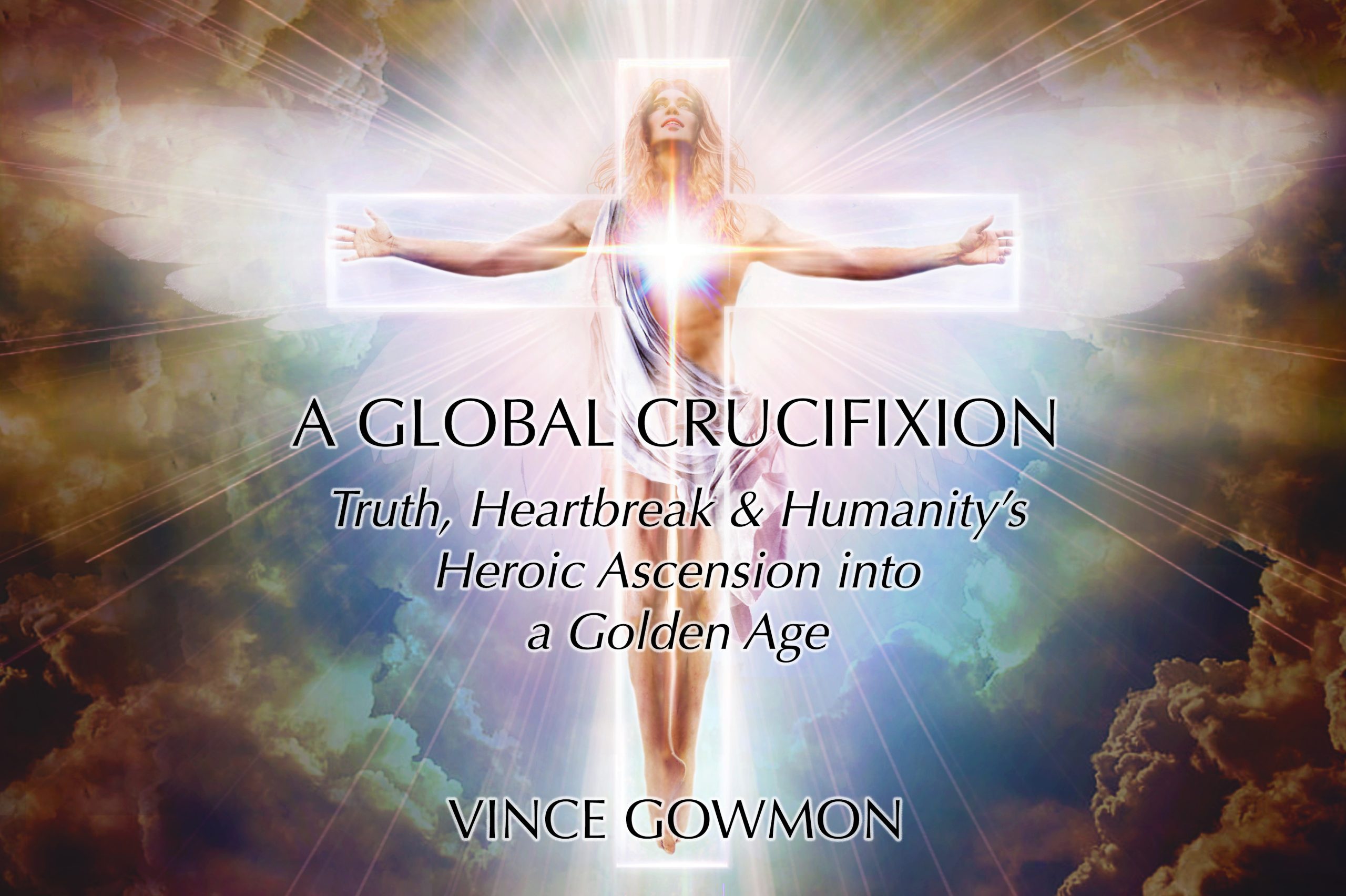The study “Unleashing the Powers: A Comparative Study on the Strengths and Weaknesses of Mythological Beings in Folktales from Around the World” delves into the attributes of mythological beings across cultures and identifies common patterns. It covers Egyptian, Greek, Nordic, Indian mythologies, and Native American folklore, summarizing both the powers and weaknesses of the main gods, goddesses, heroes, and spirits. Despite cultural differences, a universal motif remains, highlighting that strength comes with its weakness and power with its cost.
Unleashing the Powers: A Comparative Study on the Strengths and Weaknesses of Mythological Beings in Folktales from Around the World
Mythological beings have been a vital part of human storytelling tradition, transcending geographical borders and cultural differences. The abilities associated with these beings reflect humanity’s complex psyche and ingrained fears and desires. This article takes an in-depth look at the powers that various cultures attribute to their mythological beings and analyzes evident patterns in their strengths and weaknesses.
Egyptian Folklore: Gods and Goddesses
In ancient Egypt, gods and goddesses were believed to possess immense power. From the sun god Ra, who created all life, to Isis, the goddess of magic and healing. However, like humans, these beings had their own weaknesses. For instance, the god Osiris was tricked and murdered, showing that even gods could not escape deceit and death.
Greek Mythology: Titans, Gods, and Heroes
Similarly, Greek mythology offers a rich tapestry of divine beings, each with their unique attributes. The gods were near-immortal, with distinct range of superhuman abilities like shape-shifting, influence over natural elements, and sight into the future. Despite their inherent power, they displayed human-like fallibilities such as jealousy, anger, and susceptibility to physical harm.
Nordic Mythology: The Aesir and the Vanir
In Nordic mythology, there were two main families of gods: the Aesir and the Vanir. Odin, the Allfather of the gods, was known for his wisdom, but was also portrayed as manipulative and willing to sacrifice anything (even his eye) for knowledge. This shows the constant struggle between power, wisdom and personal sacrifice.
Indian mythology: The Devas and Asuras
Indian mythology showcases a duality between good and evil through the Devas (gods) and the Asuras (demons). The gods symbolize virtues like truth, righteousness, and courage. The demons, though mighty, are often defeated owing to their arrogance and ignorance. The strength in humility and the weakness in unchecked power are central themes in these stories.
Native American folklore: Animal spirits
In Native American folklore, spiritual beings take on various forms, mostly animals, each representing different powers. The eagle symbolizes strength and courage, while the rabbit signifies trickery and intimidation. However, these creatures also carry weaknesses that mirror their strengths, thereby representing the duality in their existence.
Conclusion: A Universal Parable
From the comparative study, it’s evident that while unique creatures and powers exist across cultures, the underlying narrative stays much the same. Gods are powerful but vulnerable, monsters are formidable but arrogant, heroes are courageous but flawed. The magic contained within these stories serves to add depth to tales that tell us—strength is not without its weakness, nor power without its cost.
